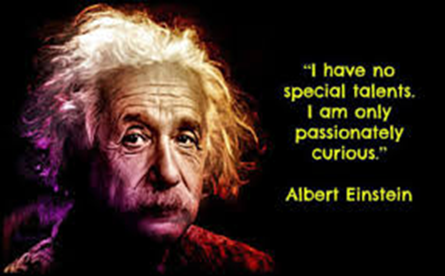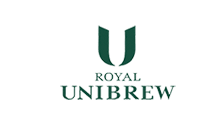
The most important skill to acquire in our new digital age? Surprisingly, it is the ability to learn. In a recent report, McKinsey describes “intentional learning” as the most fundamental skill for professionals to cultivate in the coming decades, noting that “few adults have been trained in the core skills and mindsets of effective learners”. Intentional learning, at its heart, is the practice of treating every experience as an opportunity to learn something. The desire to learn should always be an instinctive approach to everyday situations. Intentional learners get more out of everyday conversations, experiences and meetings carry with it an opportunity to develop and grow. With the digital age and the 4th Industrial Revolution, the need to re-skill and upskill the workforce will be critical for survival for both employees and organizations. Can we afford not to make the business case for intentional learning and curiosity?
Foster Learning By Adjusting Two Critical Mindsets
Two things set intentional learners apart from everyone else: a growth mindset and a curious mindset. People with growth mindsets believe their capabilities and even intelligence can be nurtured, expanded and changed over time.
Curiosity is the starting point of everyone’s learning – right back to infancy. Cultivating curiosity can mean overcoming the fear of asking questions or of trying new things.
Organizational Benefits of Curiosity
- Fewer decision-making errors
- More innovation and positive changes in both creative and non-creative jobs
- Reduced group conflict
- More open communication
- Better team performance
Barriers to Curiosity – Would You Believe it is Often Leaders?
- Leaders discourage curiosity because they believe the organization would be harder to manage if people were allowed to explore their own interests.
- They also believe disagreements would arise and slow down the execution of business decisions.
- Leaders discourage questioning the status quo as the culture does not support it

5 Ways to Bolster Curiosity
1. Hire for curiosity – ask interview questions to discover intentional learning and look for those “T-shaped employees – people with deep skills that allow them to contribute to the creative process (the vertical stroke of the T) and a predisposition for collaboration across disciplines, a quality requiring empathy and curiosity (the horizontal stroke of the T)
2. Model inquisitiveness – share times when the organization made poor choices and why it is important to have a fresh lens to spot opportunities for improvement.
3. Emphasize learning goals – those who are passionate about continuous learning contemplate a wide range of options and perspectives. Framing work around learning goals (developing competence, acquiring skills, mastering new situations) rather than performance goals (hitting targets, proving our competence, impressing others) boosts motivation which in turn boosts individual and organizational performance.
4. Let employees explore and broaden their interests – give employees time and resources to explore their interests. Provide cross-training; opportunities to broaden networks; travel to different locales and promote cross-pollination of ideas.
5. Have “Why?” “What if…?” and “How might we…” days. Be childlike and ask “why” – don’t be afraid to ask questions to understand the world around you. Unfortunately, as adults, we allow our self-consciousness to creep in and suppress our curiosity.

















